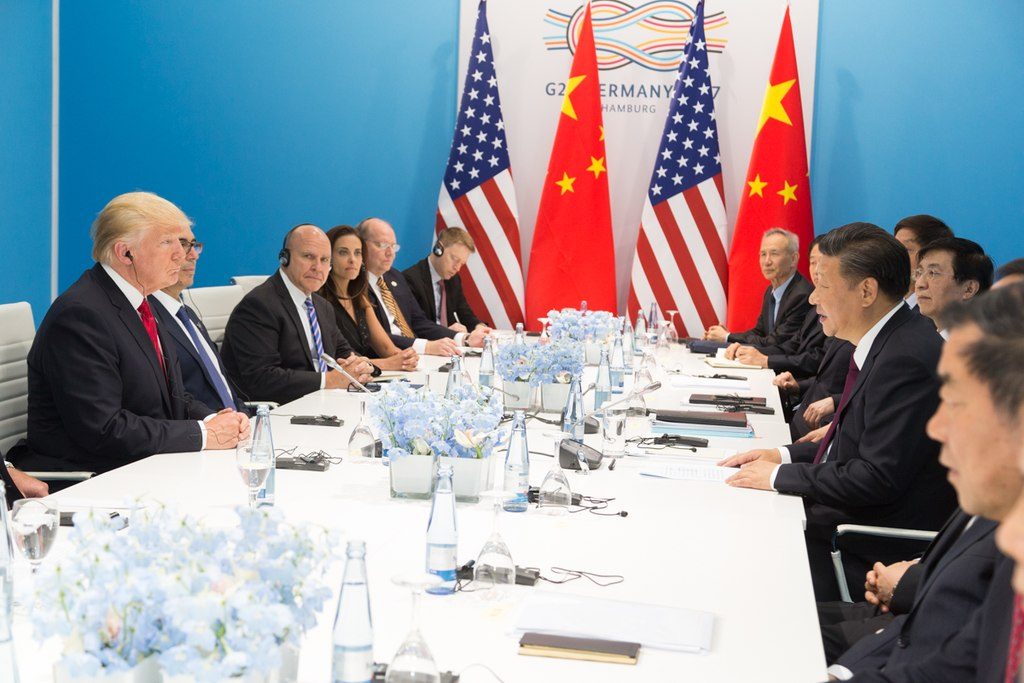Excerpt from Stanphyl Capital’s letter for the month of November 2018,discussing the Trump – China deal and the fund’s long and short positions.
In November I increased our long position in the PowerShares DB Agriculture ETF (ticker: DBA). As you know, I first bought this late in 2017 because agricultural products were the most beaten-down sector I could find that wasn’t a “buggy whip” (something on the way to obsolescence) or cyclical from a demand standpoint. Yet since then “the beating” has continued (we’re down roughly 5% on the current position), with the “DBIQ Diversified Agriculture Index” on which DBA is based now at the lowest level since 2002. So why did I add more this month? Because the trade war with China has been killing ag prices and I’m betting that Trump’s meeting with Chinese leader Xi Jinping this weekend (December 1st) will result in a deal that (at least temporarily) ends that war. Why do I think this?
Q3 hedge fund letters, conference, scoops etc
- Because it’s obvious from Trump’s tweets that he considers his “report card” to be “the stock market” and the trade war with China is getting much of the blame (mostly wrongly, in my opinion) for stocks’ lousy performance since September, and
- Trump knows that farmers in the Midwest form a significant chunk of his political base and the Chinese trade war is making them suffer very badly.
I thus think this weekend Trump will cut some kind of half-assed deal with China and (as is his style) declare it “a great victory” and move on, following which there could be a significant rally in depressed ag commodities (and possibly in stocks, although the stock rally won’t last as tariffs are only a small contributor to the developing global slowdown). What if I’m wrong, and there’s no deal? Well, ag commodities are already so washed out that I think our downside risk here is very small—call it 3% downside vs. 30%+ upside.
(Note: the “purest” ag play on a Trump - China deal would be soybean futures [or the SOYB ETF] as they’ve been the most directly affected by the tariffs. But that’s also the riskiest play, and beyond this weekend’s trade talks I want to maintain broad exposure to ag commodities in general, as they’re pretty much depressed across the board. I’m thus sticking with DBA.)
Among our short positions...
For all the “macro” reasons outlined at the beginning of this letter, we remain short the Russell 2000 (via IWM), which—despite this year’s tax cuts and fiscal stimulus and October’s big correction—still has a trailing GAAP PE of over 42 and a near record-high debt-to-EBITDA level of 3.5x (vs. 1.8x for the S&P 500).
We continue (since late 2012) to hold a short position in the Japanese yen via the Proshares UltraShort Yen ETF (ticker: YCS) as Japan continues to print approximately 6% of its monetary base per year after nearly quadrupling that base since early 2013. In fact, of the world’s three largest central banks (the Fed, ECB and BOJ), the BOJ is now the only one not on a path to tightening. One result of this insane policy (in 2018 the BOJ has bought 75% of JGB issuance!) is there are days when no 10-year JGBs trade in the cash market! The BOJ’s balance sheet is now larger than the entire Japanese economy-- it owns approximately 50% of all government debt and over 75% (!) of the country’s ETFs by market value:
Just the interest on Japan’s debt consumes 9.2% of its 2018 budget despite the fact that it pays a blended rate of less than 1%. What happens when Japan gets the 2% inflation it’s looking for and those rates average, say, 3%? Interest on the debt alone would consume over 27% of the budget and Japan would have to default! But on the way to that 3% rate the BOJ will try to cap those rates by printing increasingly larger amounts of money to buy more of that debt, thereby sending the yen into its death spiral.
When we first entered this position USD/JPY was around 79; it’s currently in the high 112s and long-term I think it’s headed a lot higher—ultimately back to the 250s of the 1980s or perhaps even the 300s of the ‘70s before a default and reset occur.
We continue to hold a short position in the Vanguard Total International Bond ETF (ticker: BNDX), comprised of dollar-hedged non-US investment grade debt (over 80% government) with a ridiculously low “SEC yield” of 1.07% at an average effective maturity of 9.1 years. As I’ve written since putting on this position in July 2016, I believe this ETF is a great way to short what may be the biggest asset bubble in history, as with Eurozone inflation now printing 2% annually these are long-term bonds with significantly negative real yields. In October the ECB reduced its bond buying program from €30 billion/month to €15 billion will eliminate it completely in January, thereby removing the biggest source of support for those bonds’ bubble prices. Currently the net borrow cost for BNDX provides us with a positive rebate of approximately 1.6% a year (more than covering the yield we pay out) and as I see around 5% potential downside to this position (vs. our basis, plus the cost of carry) vs. at least 30% (unlevered) upside, I think it’s a terrific place to sit and wait for the inevitable denouement.
Thanks and regards,
Mark Spiegel













